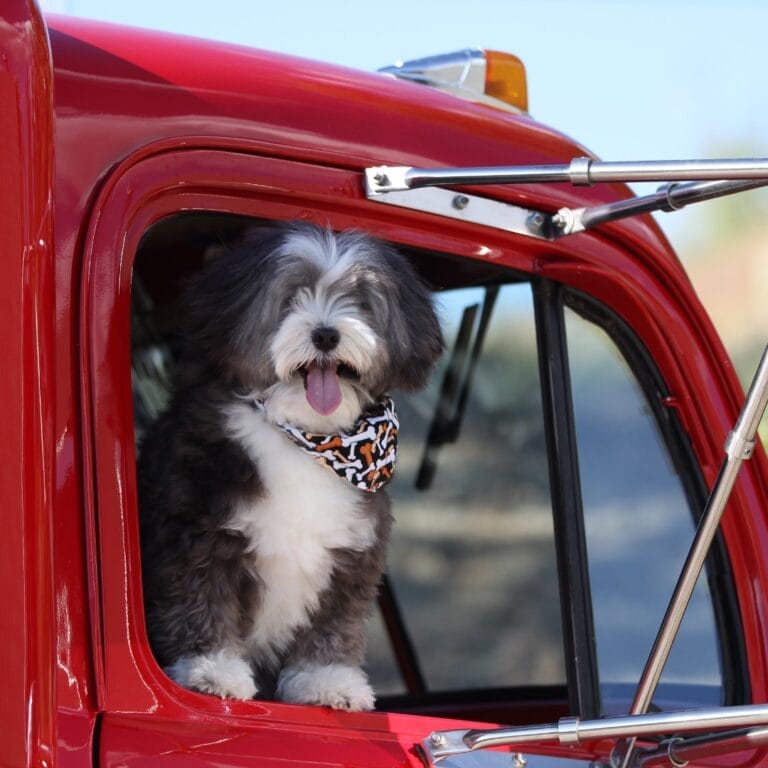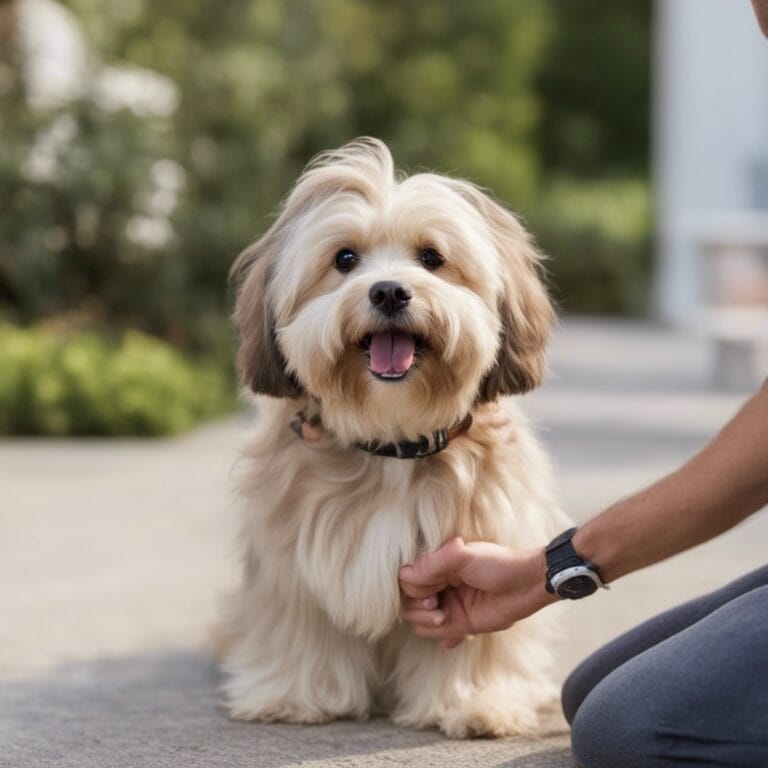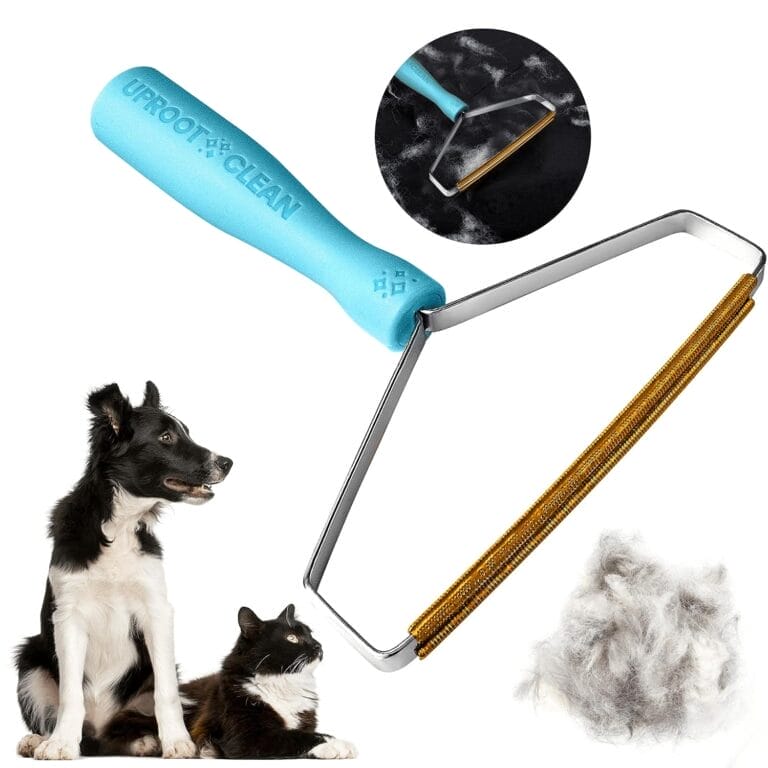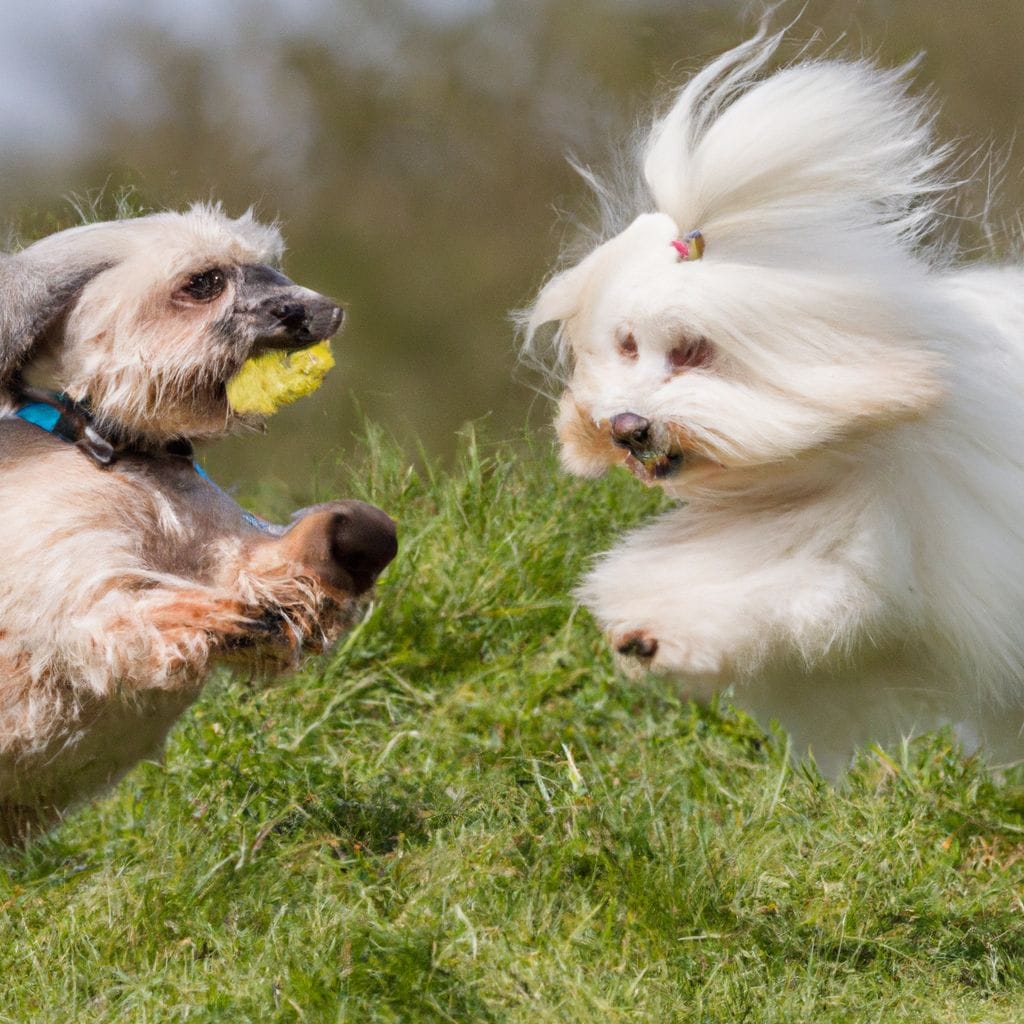
Introduction
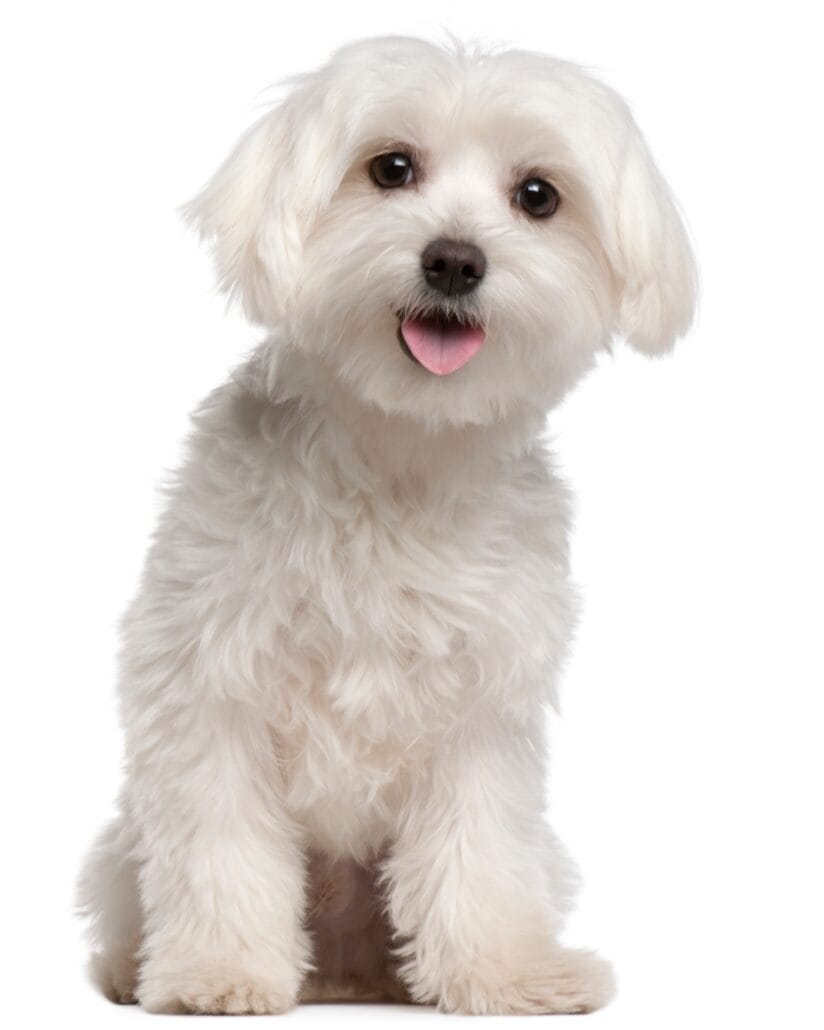
When it comes to small, fluffy dogs, many people have a difficult time deciding between the Havanese and Maltese breeds. While they are both lovely canine companions, they have many differences that make them unique. In this article, we’ll take a side-by-side look at the differences and similarities between the Havanese and Maltese breeds, in terms of appearance, behavior, and grooming and exercise needs. With this information, you’ll be able to make an informed decision about which breed is right for you.
Overview of the Two Breeds

Both breeds are small and are considered to be good apartment dogs, as they do not require a lot of space. They are both good with children, and they are both known to be friendly and affectionate.
In terms of grooming, Maltese need more attention and regular grooming due to its long coat, while Havanese’s coat is shorter and may require less grooming.
In terms of exercise, Maltese is more active and lively, while Havanese is more relaxed and calm.
Havanese are also known to be intelligent and trainable, which makes them a great choice for those who want a dog that is easy to train.
Cost Comparison
The cost of a Havanese puppy is slightly less expensive than that of a Maltese puppy, with the average price starting at around $1000.
Lifespan

The Maltese and Havanese breeds both have a relatively long lifespan, typically ranging from 12-15 years. However, the Maltese is known to generally live a bit longer than the Havanese, with some Maltese dogs reaching 16 years of age. While genetics play a major role in determining the life expectancy of any dog, small breeds tend to live longer than larger ones. As such, pet owners should take good care of their Maltese and Havanese dogs to ensure they get the longest life possible. dogs. Grooming expenses should also be taken into consideration when comparing Havanese vs Maltese. The Havanese requires average grooming effort while the Maltese requires more frequent brushing and combing to keep its long coat in good condition.
Health and Genetics Comparison
Both breeds are generally healthy, but the Havanese can experience some genetic abnormalities such as shortened forelegs or hips, while the Maltese is known for having a long, healthy lifespan. It’s important to note that both breeds require regular vaccinations, check-ups, and maintenance to ensure their health.
Havanese v. Maltese: Similarities and Differences
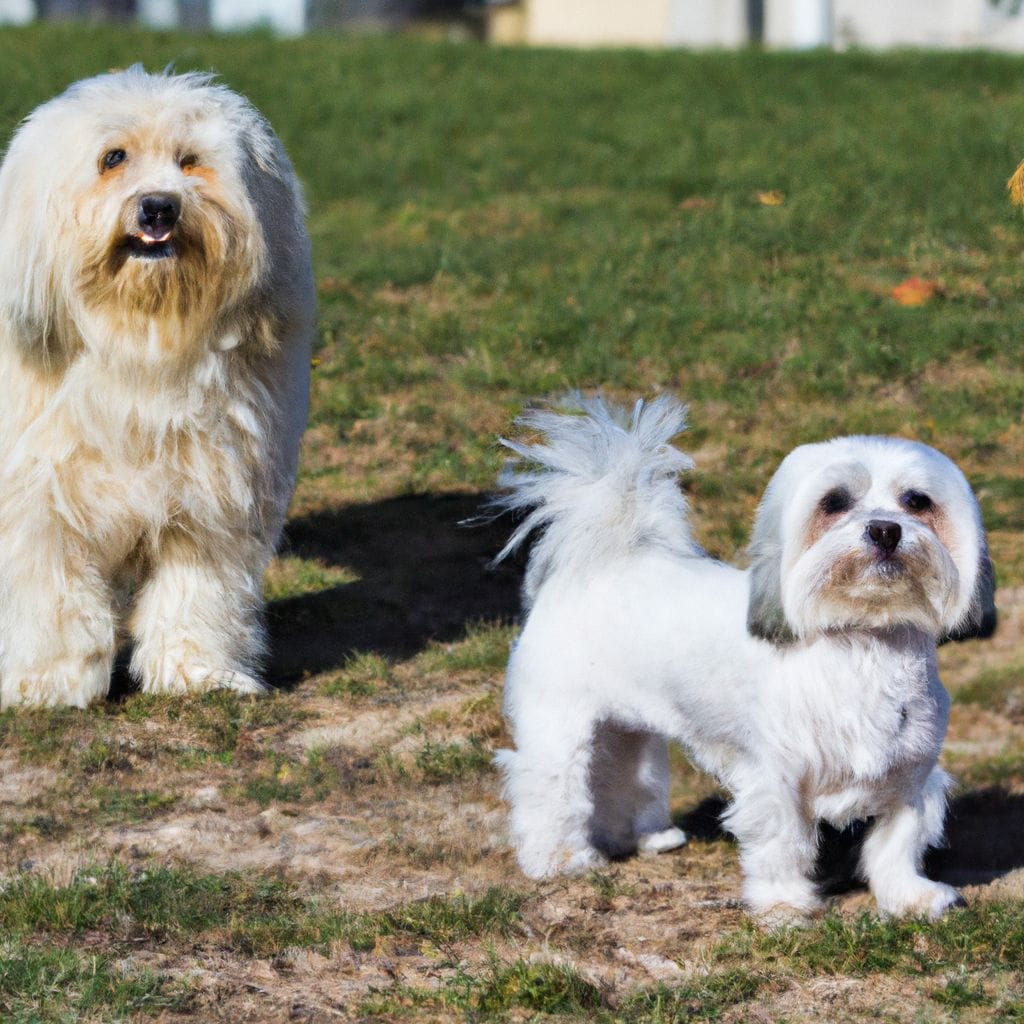
The Havanese and the Maltese have several similarities, including their small size, their playful and friendly nature, and their thick, white coats. They are both intelligent breeds that are eager to learn and can be housebroken relatively quickly.
However, there are also some notable differences between the two breeds. While both the Havanese and the Maltese have thick, white coats, the Havanese has a longer and more wavy coat, while the Maltese has a shorter and more silky coat. The Havanese is typically larger than the Maltese, with an average size ranging from 8 to 13 inches and a weight between 7 and 13 pounds. The Maltese is usually smaller, with an average size of 7 to 9 inches and a weight between 4 and 9 pounds.
In terms of behavior, the Havanese and the Maltese are quite different. The Havanese is more outgoing and loves to be around people, while the Maltese is more reserved and independent. The Havanese loves to play and loves attention, while the Maltese can be more aloof and prefers to stay in its own space.
When it comes to training, the Havanese is usually easier to train than the Maltese. Havanese tend to be more eager to please and they respond better to rewards-based training than the Maltese. The Maltese, on the other hand, can be stubborn and require more patience and consistency.
Despite these differences in size and behavior, the two breeds have a few characteristics in common. For starters, both breeds have a long and silky coat of hair that requires frequent brushing and grooming. In addition, both breeds are families-oriented and thrive in the presence of people, often developing strong bonds with members of the family. Finally, both breeds are very smart and can excel in obedience training, agility training, and even in performance events.
The Havanese is also considered to be a “lapdog”. They enjoy being held and cuddled and often make good travel companions. The Maltese, by contrast, is more independent and prefers a bit more space.
In addition to their behavioral differences, the two breeds have different coat types. The Havanese have a long, silky hair coat, while the Maltese have a short, dense double coat. Both breeds require regular brushing and grooming to keep their coats in tip-top shape.
Conclusion
While both the Maltese and the Havanese are small, friendly breeds of dog, they have some distinct differences. The Maltese is known for its long, silky white coat and lively personality, while the Havanese is known for its long, silky coat and friendly, outgoing personality. Both breeds are good with children, but the Maltese may require more grooming and the Havanese may be more trainable. So, it depends on the owner’s preference and lifestyle when it comes to choosing between the Maltese and the Havanese.
- About the Author
- Latest Posts

Sara is a passionate writer and an avid lover of Havanese dogs. With several years of experience in dog training, breeding, and care, she has developed a deep understanding and admiration for the Havanese breed. Sara’s mission is to provide valuable insights, resources, and tips to help Havanese dog owners provide the best possible care and nurturing for their beloved pets.




